Translation seems straightforward enough — you take words from one language and convert them to another. Yet anyone who’s worked across languages knows it’s far more complex than swapping dictionary definitions. Cultural nuances, context, and even basic grammar differences can turn simple communication into confusion.
When translations go wrong, the results range from mildly embarrassing to genuinely problematic. Here is a list of 14 language translation mistakes that cause real problems in business, travel, and everyday communication.
Word-for-Word Translation

Direct translation treats languages like they follow identical patterns, but this approach often creates nonsensical results. Each language has its own structure, rhythm, and logic that don’t always align with others. Think of it like trying to play chess using checkers rules — familiar pieces, but the strategy falls apart. Spanish speakers learning English often struggle with this when they translate ‘Tengo hambre’ as ‘I have hunger’ instead of ‘I’m hungry’, which sounds unnatural to native English speakers.
False Friends
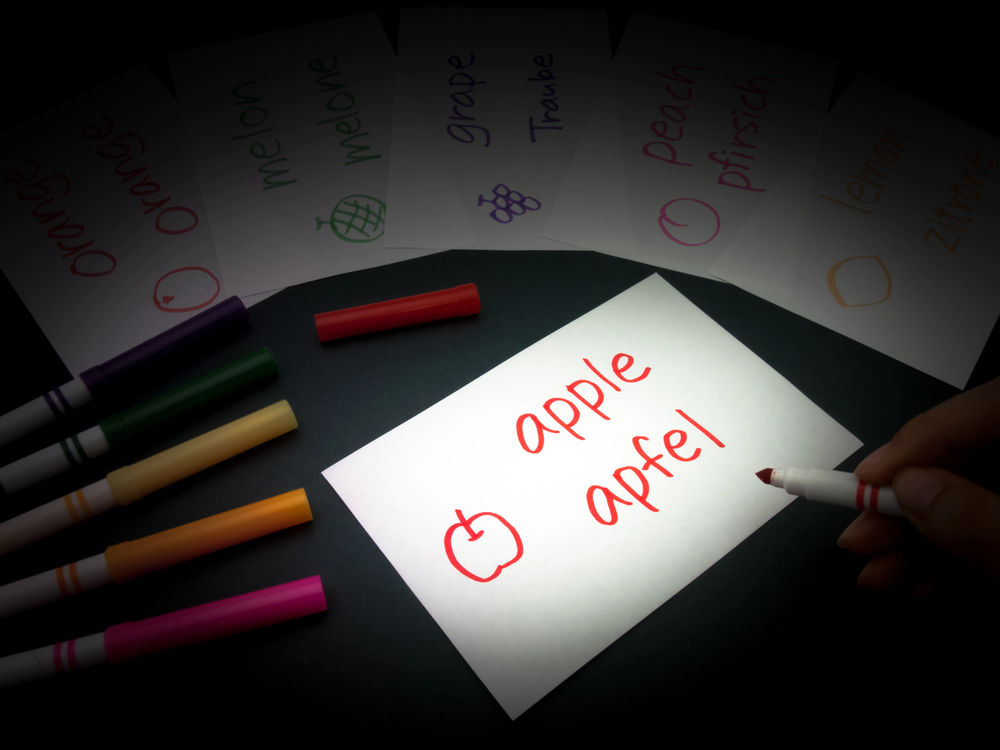
False friends are words that look or sound similar between languages but mean completely different things. These linguistic lookalikes create some of the most embarrassing translation errors because they seem so obviously correct. The Spanish word ‘éxito’ looks like ‘exit’ but actually means ‘success’, leading to confusing conversations. German ‘Gift’ means ‘poison’, not present, while ‘bald’ means ‘soon’ rather than hairless — a potentially awkward misunderstanding.
Cultural Context Ignorance
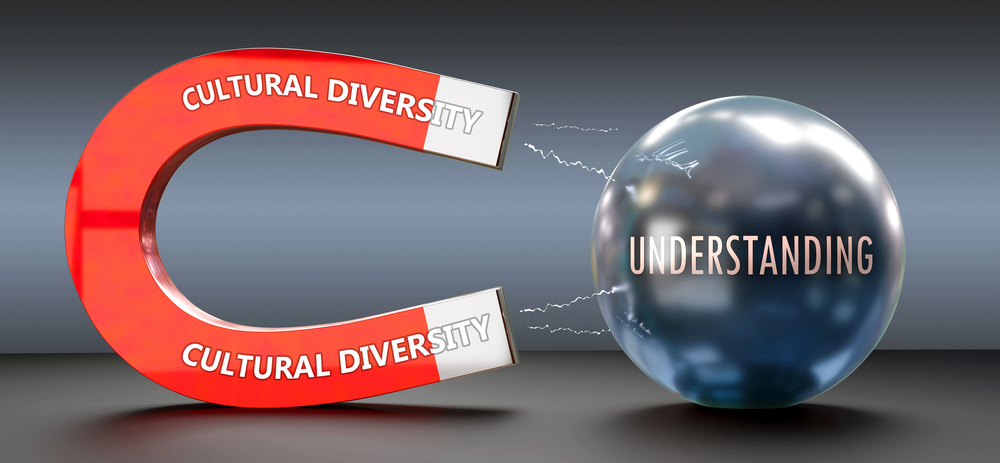
Every language carries cultural baggage that pure translation can’t capture. Colors, animals, food, and everyday objects often have symbolic meanings that vary dramatically between cultures. Red symbolizes luck and prosperity in Chinese culture, but danger or anger in Western contexts, so a marketing campaign celebrating a slogan like ‘red success’ might confuse American audiences but resonate deeply with Chinese consumers. The best translations often require completely different approaches rather than direct conversion of the original text.
Idiom Disasters

Idioms represent one of translation’s biggest nightmares because they rarely make sense when converted literally. Telling someone in English that ‘it’s raining cats and dogs’ makes perfect sense, but direct translation would confuse most other language speakers. French speakers say ‘Il pleut des cordes’ (it’s raining ropes) for heavy rain, while Germans use ‘Es regnet Bindfäden’ (it’s raining string). Skilled translators either find equivalent idioms in the target language or rephrase the meaning in more universal terms.
Formal vs Informal Register

Languages often have complex systems for showing respect, social distance, and formality that don’t translate directly. Getting these levels wrong can accidentally insult people or create awkward social situations. Japanese has multiple levels of politeness built into basic grammar, while German distinguishes between ‘du’ (informal you) and ‘Sie’ (formal you). Using the wrong level can damage relationships before conversations even begin, making cultural awareness just as important as vocabulary knowledge.
Technical Terminology Mix-ups

Specialized fields develop their vocabulary that doesn’t always translate cleanly between languages. Medical, legal, and technical terms often have precise meanings that generic translations miss completely. A small error in medical translation could mean the difference between proper treatment and dangerous mistakes. Legal documents present particular challenges because different countries have different legal systems with unique concepts that don’t exist elsewhere.
Gender and Pronoun Confusion
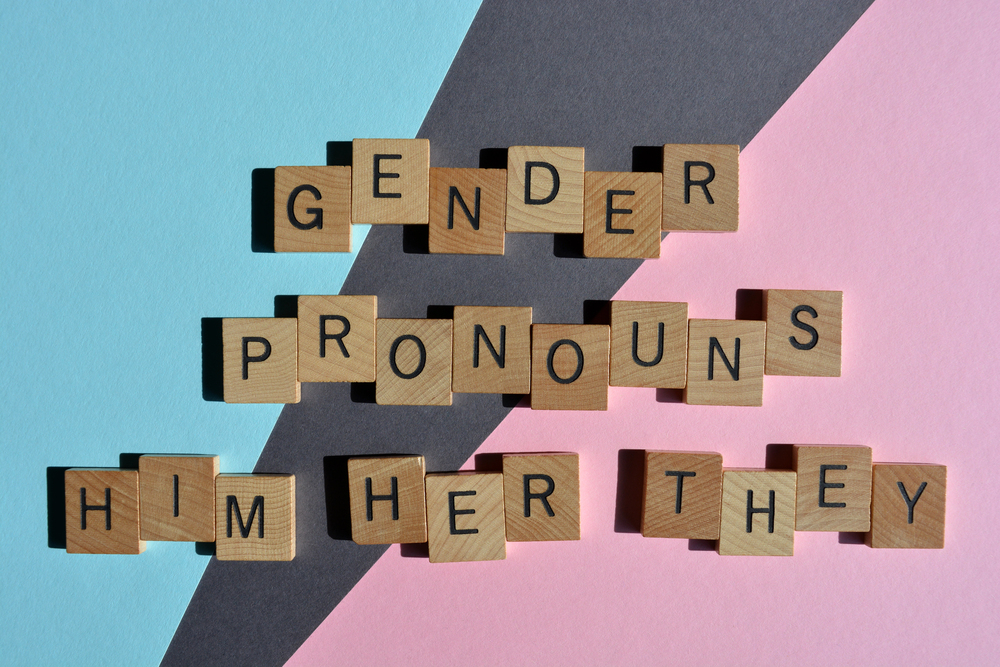
Languages handle gender very differently, creating translation challenges that go beyond simple grammar rules. Some languages assign gender to all nouns, others have no gender distinctions at all, and a few have complex systems that English speakers find difficult to navigate. Finnish doesn’t distinguish between ‘he’ and ‘she’, using the same pronoun for everyone, while German assigns gender to every noun, including objects. Translators must navigate these systems while maintaining natural flow in the target language.
Religious and Sacred Text Errors

Religious translation requires exceptional care because believers often consider these texts sacred and unchangeable. Small translation choices can affect theological interpretation and create controversy within religious communities. Different Bible translations demonstrate how challenging this work can be — some prioritize word-for-word accuracy while others focus on conveying meaning in contemporary language. Each approach has supporters who believe their method better serves readers’ spiritual needs.
Number and Date Format Problems
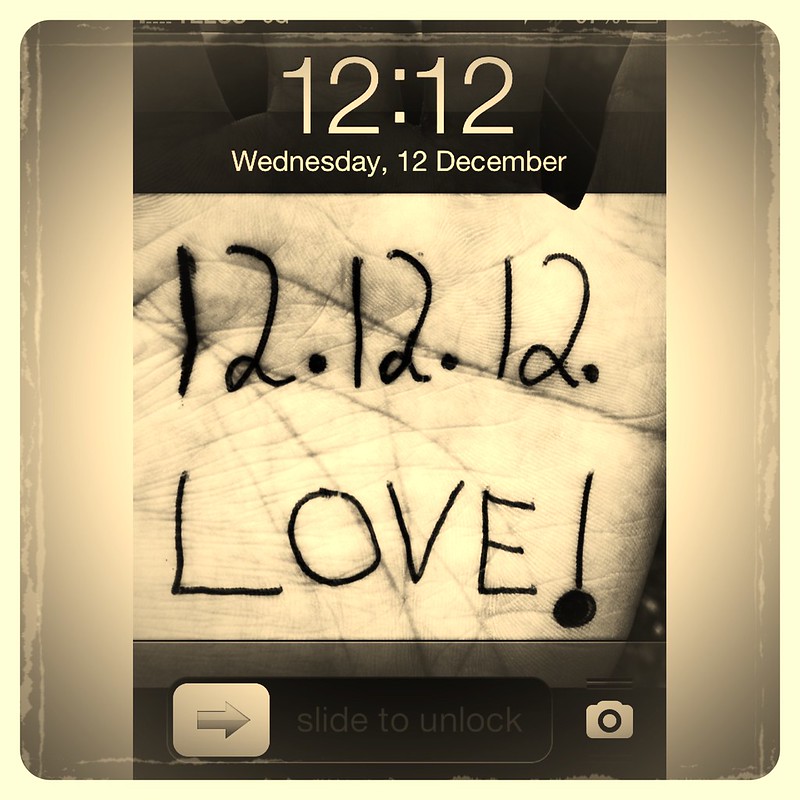
Different countries format numbers, dates, and measurements in ways that can create serious confusion in translated documents. Americans write dates as month/day/year while Europeans use day/month/year, leading to misunderstandings about deadlines and schedules. Financial documents become particularly problematic when decimal points and comma usage vary between countries. Currency translations add another layer of complexity beyond simple exchange rates, affecting how people perceive job offers or business proposals.
Humor Translation Failures

Comedy rarely survives translation because humor often depends on wordplay, cultural references, and shared experiences that don’t exist across language barriers. Jokes that make people laugh in one language frequently fall flat or become incomprehensible when translated literally. Puns present particular problems because they rely on words that sound alike or have multiple meanings in specific languages. Successful humor translation often requires creating entirely new jokes that capture the spirit of the original rather than the exact words.
Brand Name Blunders

Company names and product brands can create unexpected problems when they move into new markets with different languages. Names that sound professional and appealing in one language might have unfortunate meanings or connotations in another. Chevrolet discovered this when they tried to market the Nova in Latin American countries, where ‘no va’ means ‘doesn’t go’ in Spanish. Smart companies research how their names sound and what they might mean in target markets before launching international campaigns.
Machine Translation Over-reliance

Automated translation tools have improved dramatically, but still miss nuances that human translators catch naturally. People increasingly rely on these tools for quick translations without understanding their limitations. Machine translation works reasonably well for basic communication but struggles with complex texts, cultural context, and specialized terminology. Google Translate and similar services analyze patterns in massive databases but don’t truly understand meaning the way humans do.
Omitting Cultural Explanations

Sometimes, accurate translation requires adding explanatory information that doesn’t exist in the original text. Cultural concepts, historical references, and local customs might need brief explanations to help readers understand the full meaning. Japanese texts often reference seasonal festivals, traditional foods, or social customs that need explanation for Western readers. Good translators balance faithfulness to the original with accessibility for their target audience, sometimes adding brief explanations where necessary.
Time Zone and Scheduling Confusion

International communication involves coordinating across different time zones, calendar systems, and cultural approaches to time and scheduling. Translation errors in this area can cause people to miss important meetings, deadlines, or events. Some cultures view time more flexibly while others expect precise punctuality. A meeting scheduled for ‘morning’ might mean different things in cultures where people start work at 6 AM versus 10 AM, requiring translators to clarify time-related information to prevent scheduling disasters.
Beyond Words and Meaning
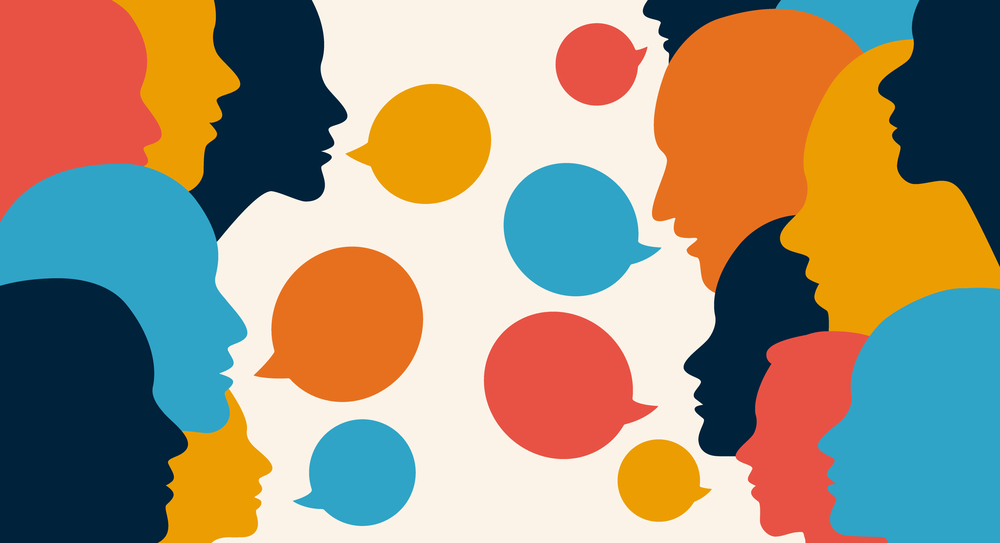
Translation mistakes will likely persist as long as humans communicate across language barriers, but understanding common pitfalls helps people avoid the worst problems. Technology continues to improve automated translation while human translators develop better techniques for handling cultural nuances and complex meanings. The most successful international communication combines technological tools with human expertise and cultural sensitivity. As global communication increases, the stakes for accurate translation continue rising, making these skills more valuable than ever.
More from Travel Pug

- 20 Best Beach Towns in the Carolinas
- 13 Destinations Where Tourists Regularly Regret Their Trip
- 20 Things You Actually Get in First Class
- 20 Small Airports With Aviation Museums
- 20 Places in the U.S. That Are Perfect for a Reset Trip
Like Travel Pug’s content? Follow us on MSN.
